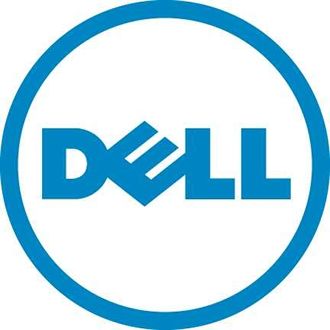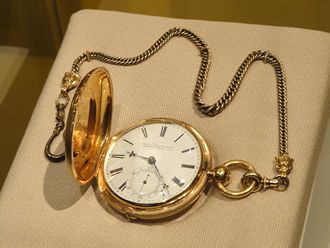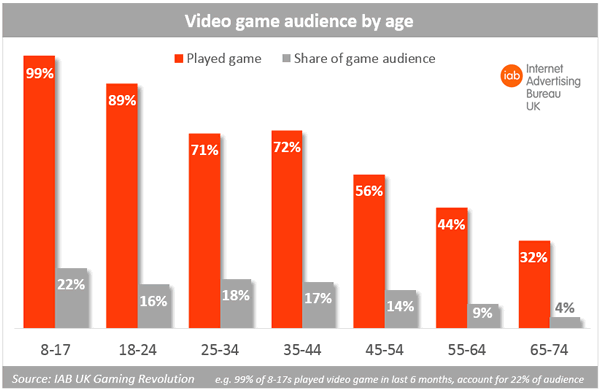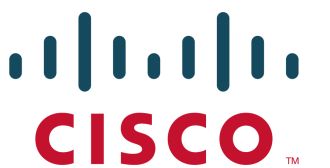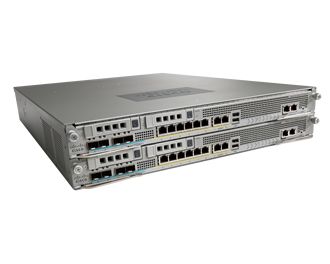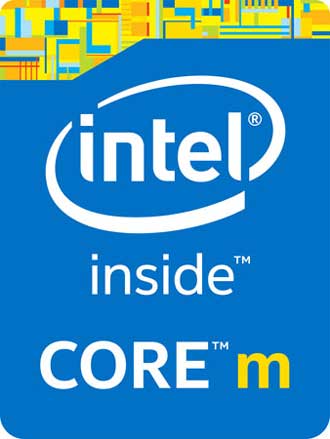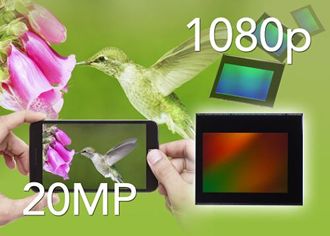 Enterprises have got off the fence about adoption in big data technologies with 73 percent of those surveyed saying they either have invest or will invest in big data in the next 24 years.
Enterprises have got off the fence about adoption in big data technologies with 73 percent of those surveyed saying they either have invest or will invest in big data in the next 24 years.
That’s according to some data from Gartner, which says the pack is being led by North America, with 47 percent of organisations saying they’d invested in 2014.
But while these organisations might be ready for the big data big time, IDC says that most work is in strategy and starting pilots and experimental projects.
Lisa Kart, a research director at IDC, said: “The most dramatic changes are in enhancing customer experience, especially in transportation, healthcare, insurance, media and communications, retail, and banking. Another area where we see an increase is using big data to develop information products, where organisations are looking to monetise their data. This is especially true among IT vendors, government and manufacturing.”
What is big data, though? It appears that some are still trying to understand what big data is. Gartner says increasing data volume is understandable because it’s just a massive amount of data, and volume is easy because you just add storage and computing capacity.
Getting value is more difficult because of the variety of data and sources including social media feeds, machine and sensor data and free form text which all require analysing.

